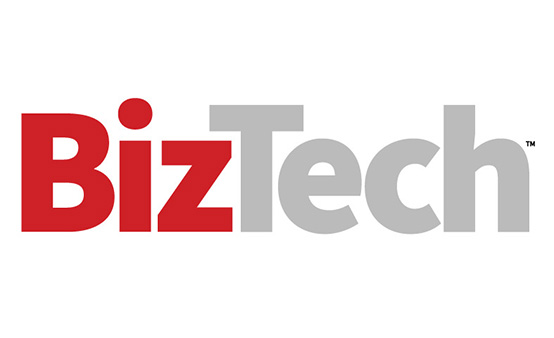How To Select AI Use Cases
To properly implement AI technology, organizations should start by clearly defining their end goals. What is the use case? What problem are you trying to solve? What needs to be accomplished? This process may be straightforward — a simple accounting of historical challenges and a need to fix them — or it may require an in-depth analysis of small inefficiencies throughout the organization, identifying technologies that could streamline them and enhance the business.
You may not know everything about the technology or its sky-high potential, but you do know your pain points, and that’s the best place to start.
Today, AI is being applied across fields including medical diagnostics, video analytics, financial fraud detection, logistics and others. However, investing in AI that doesn’t directly address your organization’s specific challenges can quickly become unnecessary and costly. Just because something is possible doesn’t mean it’s needed or practical. AI delivers the greatest value when the investment is driven by a business need, not by the allure of cutting-edge tech alone.
FIND OUT: How next-gen AI is impacting cybersecurity.
Test AI Tech in Real-World Environments
Like any other new idea or technology, proof of concept is important. Due diligence requires testing the technology in real-world conditions. AI-enabled security cameras are a perfect example. The only way to determine the right surveillance camera quality and ensure that the camera is capturing the information necessary for analytics to produce useful information is to test the camera in the environment with the pain point.
AI analytics are impressive and full of potential, but they can’t truly help you if they aren’t addressing the specific challenges of your organization. If you’re test-driving cars, it might be fun to take a Ferrari out for a spin. But if you have kids who need car seats, a nice minivan that can fit your family is more practical than an expensive speedster.
READ MORE: CDW’s 2025 AI research on how organizations are embracing this technology.
It’s great to explore possibilities, but the key issue is how these solutions address your pain points, both now and in the future. What do they do for you holistically? An effective test drive isn’t just about what the technology can do, it’s about what it should do for your particular use case. Only then can you determine whether the investment will yield long-term ROI, not just short-term excitement.
For organizations building AI technology into the products they’re developing, it’s important to invest in building proofs of concept to realize value for both themselves and the customers they serve. It’s great if new technology works smoothly and has all the bells and whistles, but does it bring value to the customer?
That question should sit at the center of any AI development strategy. The most elegant algorithm or fastest model means little if it doesn’t solve a tangible problem or improve a measurable outcome. Proof of concept pilots, live trials and collaborative feedback loops are all tools that help developers connect innovation to real-world impact.
Without intentionality, it’s easy for organizations to lose sight of their purpose and get swept up in AI’s vague possibilities.
SUBSCRIBE: Get the latest trends, tech tips and IT insights in our BizTech weekly newsletter.













